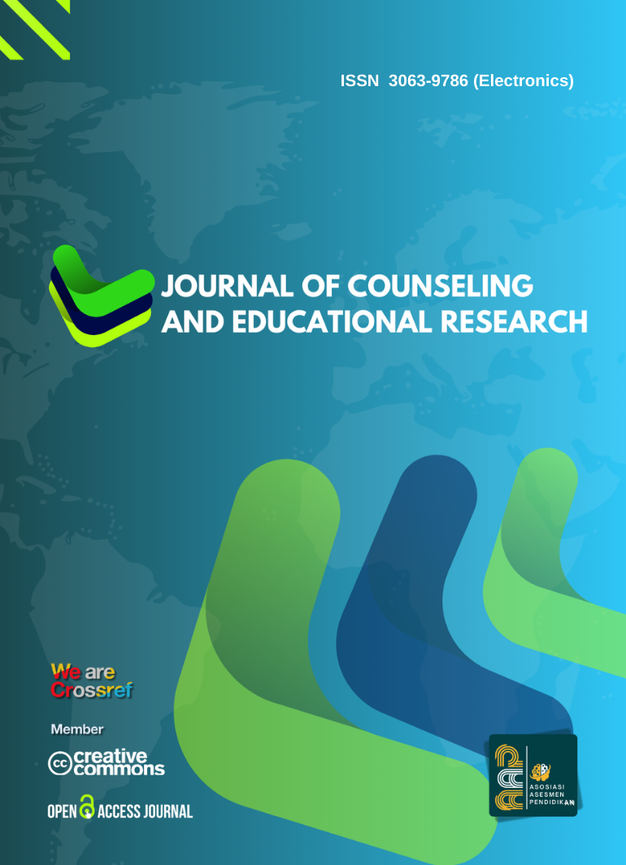Vol. 1 No. 1 (2024): Journal of Counseling and Educational Research
Published : August 25, 2024
All articles in this issue were authored/co-authored from 1 countrie (Indonesia)

Published
August 25, 2024
Table of Contents
line
Articles
Articles












